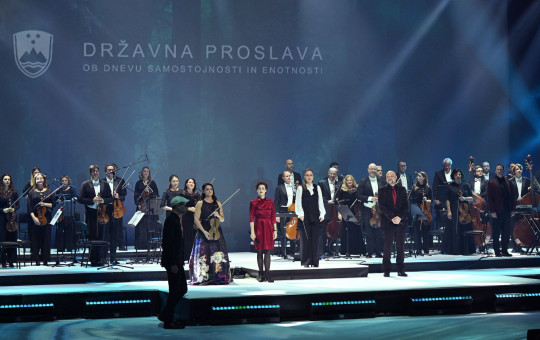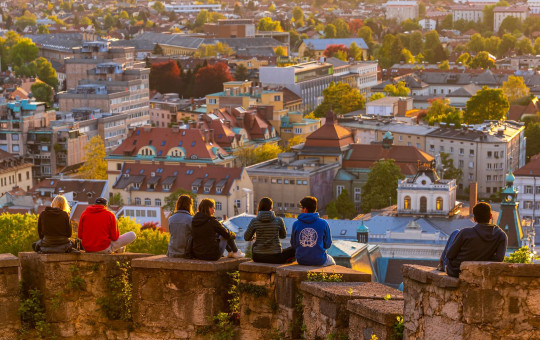Date: 8. March 2023
Time to read: 2 min
8 March is the International Women's Day, a day to commemorate and highlight women's long-standing efforts to achieve the economic, political and social equality. According to the Statistical Office of the Republic of Slovenia, the lives of women between the ages of 24 and 29 are marked by their first job, leaving their parents and becoming mothers. Two out of five women in Slovenia are employed. The proportion of older women is increasing, with one in four women aged 65 or over.
In the beginning of 2022, 1,049,485 women were living in Slovenia. They represented 49.8% of the country’s population. Almost two-thirds of female residents were between the ages 15 and 64 and a quarter were aged 65+. Life expectancy for women in 2021 was 84 years.
The labour market participation of Slovenia’s female residents is above the EU average. In 2021, the employment rate of women aged between 18 and 64 in Slovenia was 71%, while the EU average was 66%. The share of women in Slovenia who worked part-time (13%) was less than half of the EU average (29%).
In 2021, the average age at first employment for women in Slovenia was 24 years, while the EU average was 23. Women in Slovenia left the home of their parents at the age of 28, which is later than the EU average (26 years). On the other hand, motherhood for women in Slovenia started at the age of 29, which is a year earlier than the EU-27 average (30 years).
One in four women in Slovenia lives with her partner and at least one child
Mothers, daughters, wives and other societal roles that women have are reflected through the different types of households in which they live. In 2021, most women, regardless of their age, lived in a household with their parents. Women who lived alone represented a tenth of all women in the country.
Every other woman aged between 25 and 64 has a tertiary education
In 2021, 48% of women in Slovenia between the ages of 25 and 64 had a tertiary education. The EU-27 average was 36%. In that year, about 10,000 women obtained a degree in Slovenia at any level of tertiary education, representing 60% of tertiary education graduates.
The largest share of women who obtained a degree at any level of tertiary education were studying business, administration and law (21%), followed by the field of health and welfare (17%).
Source: SURS








